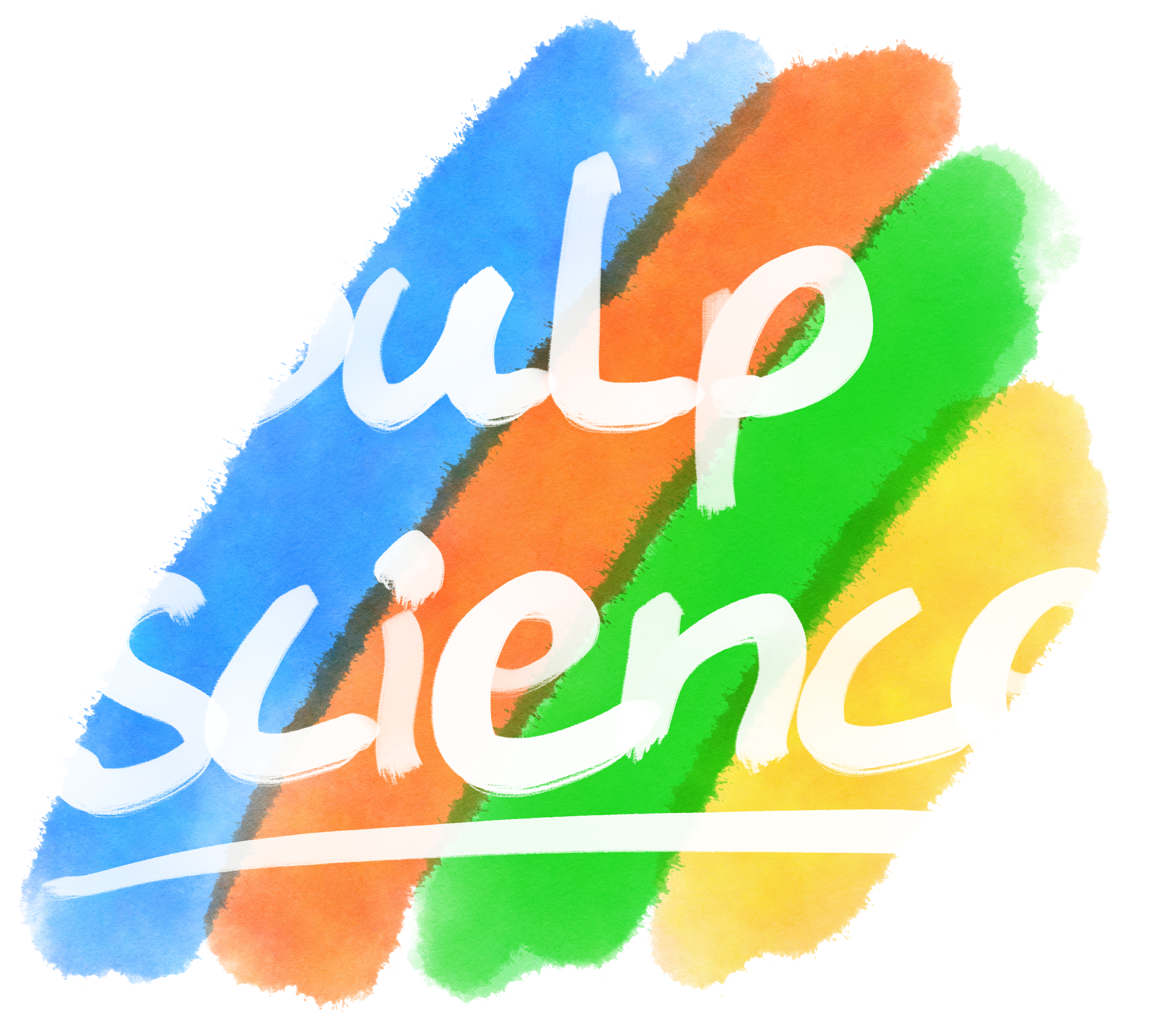
What does the term ‘science’ evoke in you? Well, since you have found this blog, you may be supportive of science and wanting to read more about it. There are other people, who are critical of science – who actively mistrust the concept and even show hostility towards scientists. However, one thing I was not very aware of until recently is that there are countless people who simply have no contact to science – or believe they don’t – and end up being intimidated by it.
One way to approach this situation is science communication. Often abbreviated as ‘scicom’, you can think of it as all the exchange a scientist has with anyone else about their work. This includes exchange between scientists (dubbed ‘science inreach’). However, most typically, scicom is used to refer to ‘science outreach’, which targets the non-scientific public (take, for example, Bill Nye or Neil deGrasse Tyson as popular US-American science communicators).
This August, I had the opportunity to attend a science communication summer school in Neudietendorf near Erfurt. Yes, Neudietendorf. It is quite the metropole! Essentially, a bunch of scientists got together to talk about science and were taught by scientists on how to communicate science to the public. This setting may already give you a taste of the issue at hand: There were no non-scientists present.
The summer school was great. I got to know many fascinating people from vastly different disciplines and we all had a blast explaining to each other our respective research projects (recall: science inreach). This was complemented by professionals teaching us how to break down our subjects to outsiders and how to present it on social media. And science communication can stop there: Think of some formats, set up an Instagram account and let your science facts loose on the internet. But what do you reach with that and, maybe more importantly, whom? Does this already result in science outreach? It turns out that science communication is more complex than I thought. The people who will follow your Instagram posts will most likely be other scientists or at least people who are already interested in the subject matter. If your goal is to build a network and excite some like-minded individuals, that may be the way to go. But what about the broad public?
I love my work. I think it’s awesome and just about the most amazing thing in the universe ever. But 53-year-old uncle Ulrich from next-doors, a train conductor, divorced father of two and card-game-enthusiast, may not be as passionate about biological research as I am – and why should he? It does not seem to really affect his life, he’s got other problems and, really, he has never particularly liked to be instructed on how life works by know-it-alls in white lab-coats and rubber gloves. As a result, Ulrich is not going to follow my hilarious posts about the selfishness of his DNA. They offer him no gain. So, is the urge of some scientists, including myself, to communicate their work arrogant and out-of-place? After all Ulrich does not go and shove train-facts in my face either.
Maybe. However, science outreach is not about the communicator but rather about the audience. My thinking is twofold: For one, science actually does affect Ulrich’s life, whether he likes it or not, and instead of feeling like it is instructed on him, he could partake in shaping it. For another, I believe it would benefit our society if everyone had an idea of how science works conceptually, because lack thereof can be destructively leveraged. So science outreach is good, right? Cool! Time to get our hands dirty.
Here’s a question for you: How does one communicate science outside of the academic bubble with people who are probably not interested in it at first glance? After some failed attempts, it turned out that the answer was quite obvious: ice cream.
It is a simple recipe: Think of some interesting questions that can open up a conversation about your research project, pin them on a board, take the board outside of a café and offer by-passers free ice cream if they ask you one of the questions. The result was actually beautiful. There was slightly scientific chitchat all around the café between PhD students and the friendly people of Neudietendorf for a whole hour and many happy faces enjoying their free ice cream. A group of retirees, who, after an initial annoyance about us disturbing their peace, indulged in an invigorated discussion about history with a cultural scientist for some 10 minutes and afterwards waved their excited goodbyes before moving on.
My favourite visitor, though, was a man who first claimed that he was not smart enough to talk science with us. Not even a free treat could convince him – he preferred to buy the ice cream himself – but we saw that he still stuck around and observed. After a few minutes he did find interest in a question about the perception of voices and a psychologist among us approached him with this topic. Their conversation only lasted a couple of minutes and it later turned out that they did not talk science for very long before switching topics. But he evidently enjoyed the conversation while it lasted. What’s more, the man did not leave the location for the entire hour. After the conversation, we saw him standing at a distance and curiously observing the event all the way until we packed up and left.
To me, this man symbolises the untapped potential for scicom. Clearly, he was interested in the science, while being too insecure about his own knowledge to follow that interest. However, once involved, he was well able to contribute to a discussion and, maybe enhanced by that experience, he decided to keep observing instead of going home. Was there another similar event, this man would probably return and maybe he would be more confident. Without a doubt it is this very audience which scientists must captivate. These people are interested, they are curious, they have questions and ideas. With a bit of luck, one may even inspire some children to pursue a scientific career in their future.
As a scientist, I can lock myself up in a windowless laboratory, carry out my work, publish, and never talk about it again. This does not sound particularly fun to me but if you are into that, go right ahead. Sure, the knowledge will be out there, though in the worst case buried in the depths of the internet in a journal behind a pay-wall, written in a language that barely resembles English anymore. Over the last two years we have seen what happens when science fails to convey how it actually works. This has something to do with the scientific method (how experiments are conducted, how results are interpreted, how a consensus is reached) but it has just as much to do with the scientific personel itself. Research is not conducted by some faceless, soulless entity but rather by real people with thoughts, feelings, hopes, dreams and the ambition to make the world a better place. ‘Living science’ not only professionally but also in private environments can help alleviate these issues.
Lastly, is it not the often-referenced tax-payers who finance most studies in the first place? This does not mean that the public should dictate research. But while they may not have an obligation, they absolutely have a right to know, what scientists do with their money. And even though one could argue that there are enough resources out there already, evidently, they fall short of the job.
Possibly it is such personal and small-scale events as described here, which can make the difference in communicating science with the non-academic public. I think I might translate the concept of free ice cream to free beers in a pub in Edinburgh. Should work just as well, right?

